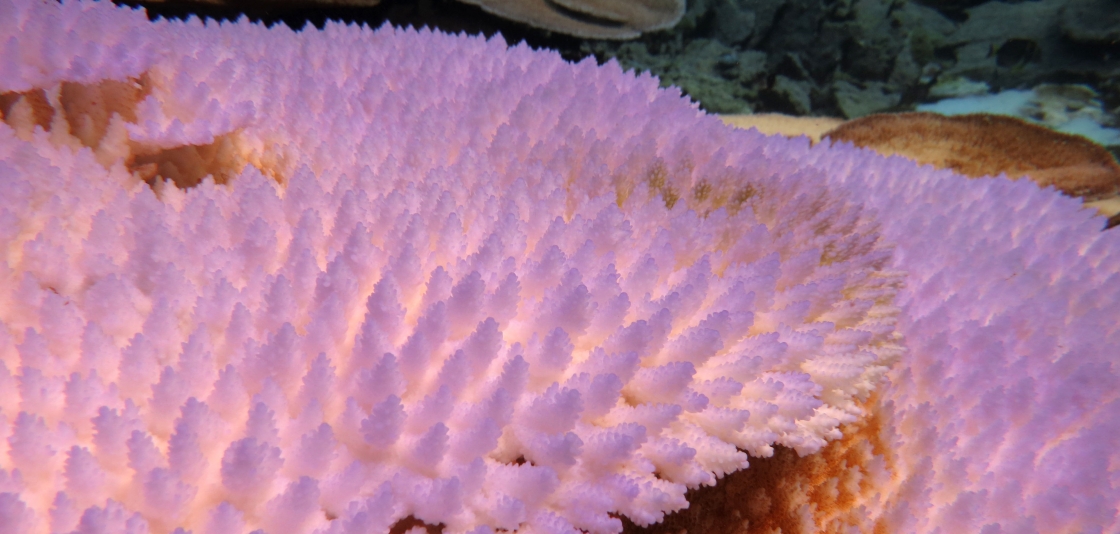After analyzing satellite and model data, NOAA’s experts say coral reefs around the world may finally catch a break from [ Coral Bleaching ] high ocean temperatures that have lingered for an unprecedented three years, the longest period since the 1980s.
The latest NOAA forecast shows that widespread coral bleaching is no longer occurring in all three ocean basins – Atlantic, Pacific and Indian – indicating the likely end to the global coral bleaching event. Scientists will closely monitor sea surface temperatures and bleaching over the next six months to confirm the event’s end.
NOAA declared the beginning of the third-ever global coral bleaching event in 2015. Since then, all tropical coral reefs around the world have seen above-normal temperatures, and more than 70 percent experienced prolonged high temperatures that can cause bleaching. U.S. coral reefs were hit hardest, with two years of severe bleaching in Florida and Hawaii, three in the Commonwealth of the Mariana Islands, and four in Guam.
Fortunately, some coral reef areas did not bleach despite the damaging conditions. Scientists will be looking into these areas to see if characteristics of the corals or their environment somehow protected these ecosystems from heat stress.
“Coral reefs are not beyond help,” said Jennifer Koss, director of the NOAA Coral Reef Conservation Program. “Many proactive steps to make coral reef ecosystems more resilient are being taken around the world. We are reducing local threats to coral, and are looking into innovative ways to increase coral populations and species that are more resilient to rising ocean temperatures and acidified waters.”
NOAA uses ocean temperature data from geostationary and polar-orbiting satellites operated by it and its international partners to identify areas at risk for coral bleaching. The outlook also uses NOAA’s operational climate models to forecast potential bleaching months in advance. Both of those systems just underwent major upgrades, with enhanced versions released this May.
Despite what appears to be the end of the third global event, some U.S. coral reefs are still not completely in the clear. NOAA’s four-month coral bleaching outlook shows some risk to coral reefs in Hawaii, Florida and the Caribbean later this summer. Earlier this year, ocean temperature conditions also brought severe bleaching to the Great Barrier Reef for the second year in a row, and to American Samoa, which was also heavily affected in early 2015.
“This global coral bleaching event has been the most widespread, longest and perhaps the most damaging on record,” said C. Mark Eakin, NOAA’s Coral Reef Watch Coordinator. “NOAA is working with scientists, resource managers and communities around the world to determine what the true impacts of this event will be on coral reefs.”
The first global bleaching event was in 1998, during a strong El Nino that was followed by an equally very strong La Nina. A second one occurred in 2010.
Healthy coral reefs protect shores from storms and offer habitats for fish and other marine life, including ecologically and economically important species. After corals die, reefs quickly degrade and the structures corals build erode. While corals can recover from mild bleaching, severe or long-term bleaching is often lethal.
Source: Global coral bleaching event likely ending | National Oceanic and Atmospheric Administration

